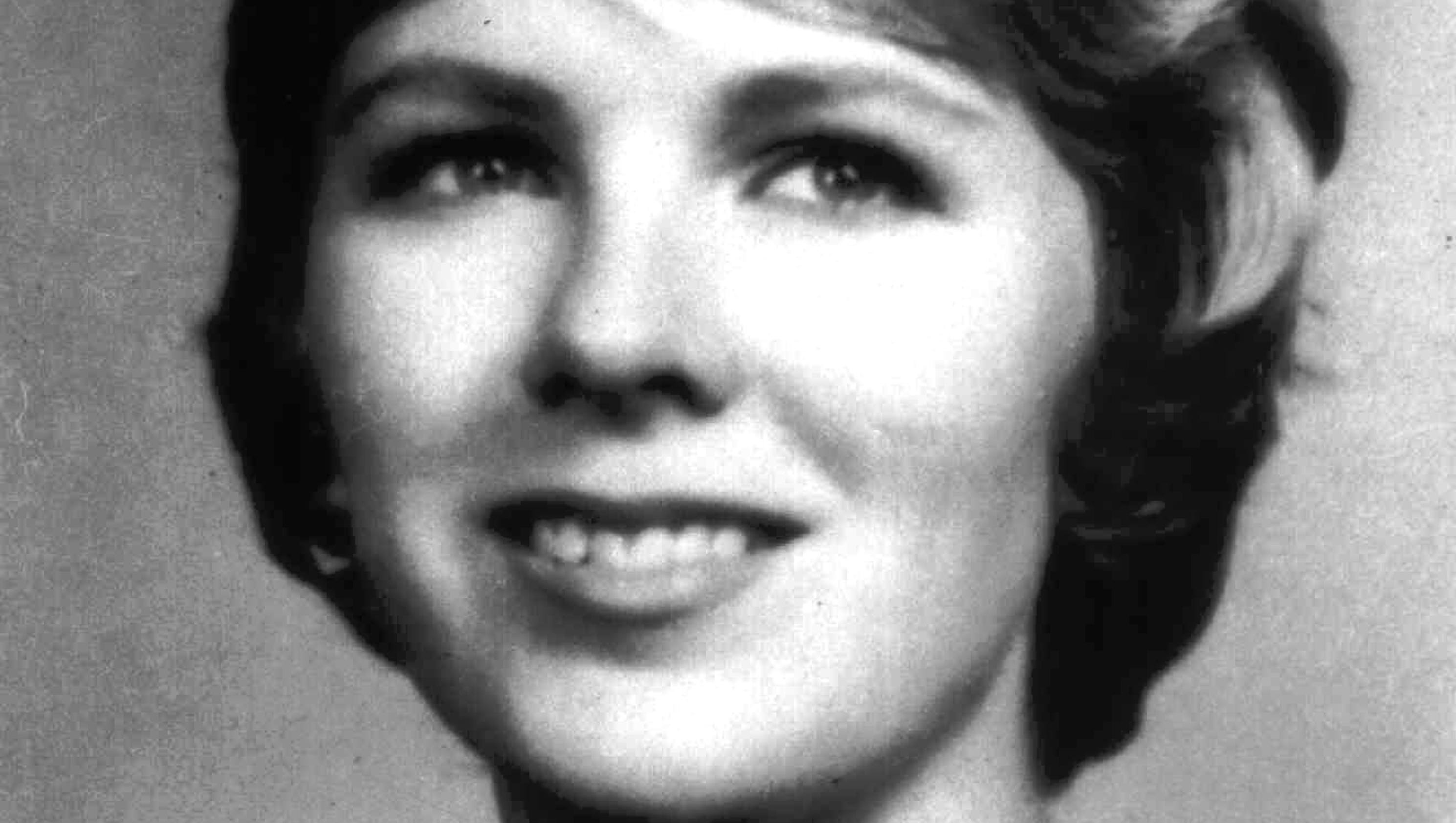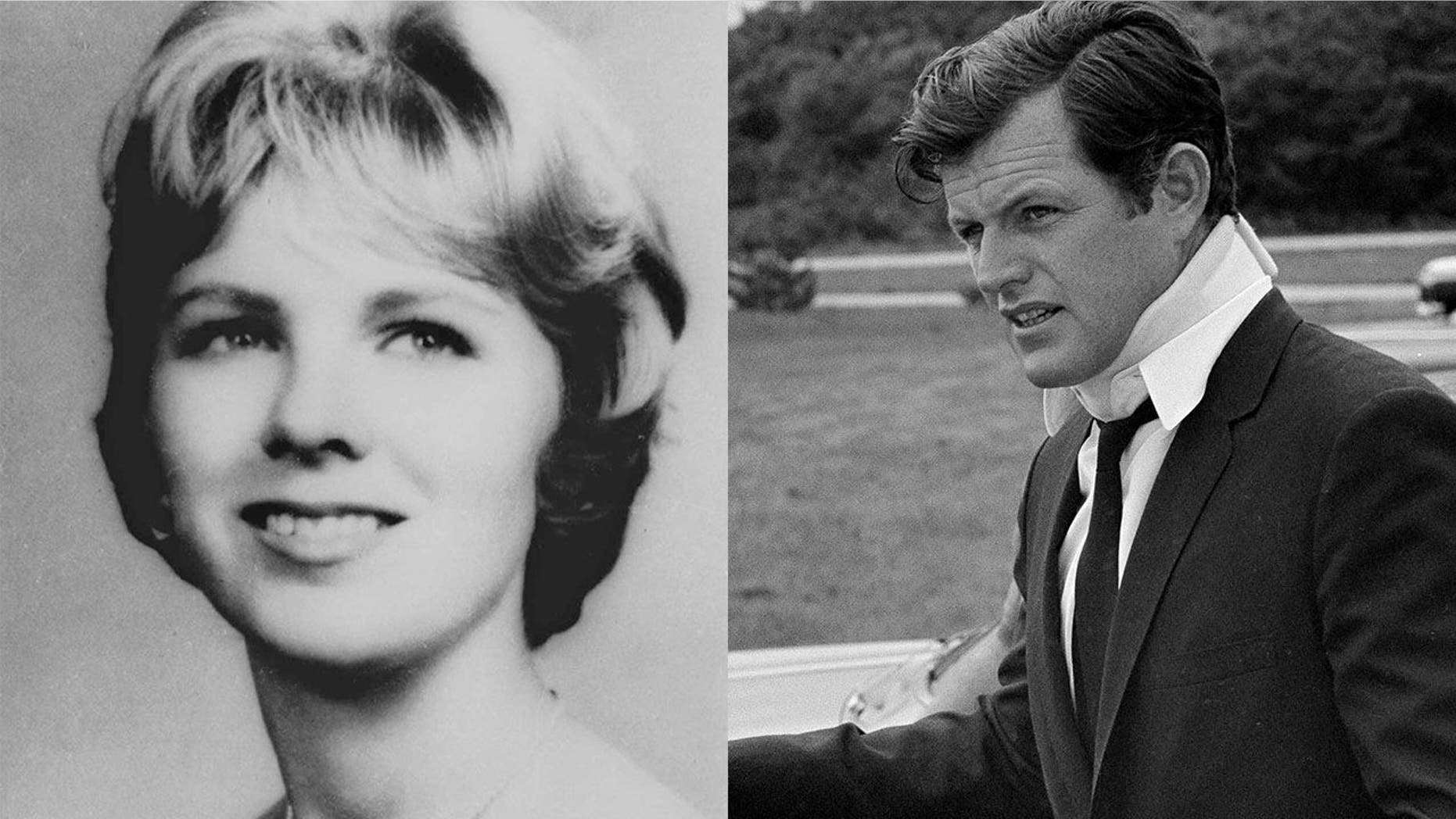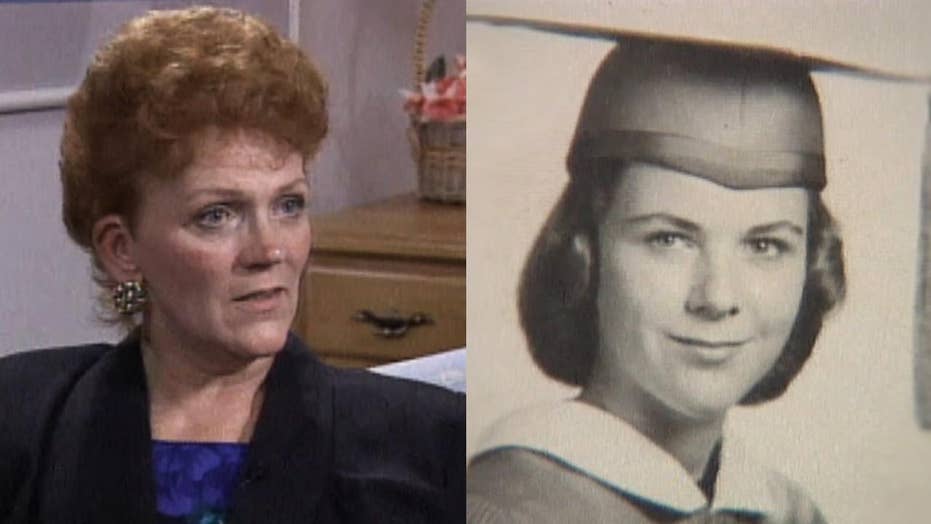Mary Jo Kopechne - Unraveling A Public Story
The evening of July 18, 1969, holds a place in many people's memories, a moment when the lives of two individuals, Edward Kennedy and Mary Jo Kopechne, intersected in a way that would spark widespread conversation and lasting questions. It was, you know, around a quarter past eleven in the evening, when Edward Kennedy and Mary Jo Kopechne departed from the Lawrence cottage. This departure, quite simply, marked the beginning of a sequence of events that would soon capture the public's full attention, creating a situation that, in some respects, continues to be talked about even now, years later, making it a very significant point in time for many who recall it.
Most folks, it's fair to say, are aware that Mary Jo Kopechne passed away in Edward Kennedy's vehicle on the nineteenth day of July in 1969. This particular incident, really, became a widely discussed topic, leaving a lasting impression on the collective memory of a nation. The circumstances surrounding her passing, as a matter of fact, prompted a great deal of public discussion and media attention, cementing this date and the individuals involved into the historical record for many people.
Yet, the story of Mary Jo Kopechne, actually, extends a little beyond that single, well-known event. There are connections, too, that link her to other significant happenings, including those surrounding a very famous assassination. This article will shine a light on why her parents made a particular choice regarding an autopsy, and, you know, it will also touch upon the various threads that connect her name to different moments and figures in history, offering a broader look at her presence in public records and recollections.
Table of Contents
- A Look at Mary Jo Kopechne's Background
- Mary Jo Kopechne - Personal Information
- What Happened That Night with Mary Jo Kopechne?
- Why Did Mary Jo Kopechne's Parents Decline an Autopsy?
- Mary Jo Kopechne - Connections Beyond Chappaquiddick
- Who Looked Into Mary Jo Kopechne's Final Moments?
- Could There Be More to Mary Jo Kopechne's Narrative?
A Look at Mary Jo Kopechne's Background
When we talk about Mary Jo Kopechne, it's often in the context of the events of July 1969, but she was, of course, a person with her own life and connections before that time. Her path, you know, included working for various political figures, which placed her within circles of influence and public service. She was, in a way, part of the fabric of Washington, D.C., and the political landscape of that era, contributing her skills and efforts to the work of others who held public office. It’s important, I think, to remember that her story is more than just the tragic incident that brought her widespread recognition.
For a period, she was employed by George Smathers, a prominent figure in politics. This role, it seems, connected her to a particular segment of the political scene, giving her firsthand experience with the daily operations and demands of legislative work. Later, after her time with Smathers, Mary Jo Kopechne made a shift in her career path. She resigned from that position, actually, and began working for Robert Kennedy, which placed her within another very significant political family, a fact that, as a matter of fact, adds another layer to her public story and the connections she had.
Mary Jo Kopechne - Personal Information
| Known for | Events of July 19, 1969, Chappaquiddick |
| Date of Passing | July 19, 1969 |
| Work History | George Smathers, Robert Kennedy |
| Connections | Edward Kennedy, Robert Kennedy, JFK assassination events |
Mary Jo Kopechne also had a roommate, someone she lived with, and this person’s name was Carol Tyler. It’s interesting to note that Carol Tyler, sadly, met her own end in a plane crash a few years earlier, in 1965. This detail, in a way, paints a slightly broader picture of Mary Jo Kopechne’s personal life and the people she was close to, showing that her connections extended beyond the political figures she worked for. It just goes to show, you know, how lives can intersect and diverge in sometimes unexpected ways, adding, I think, a touch of human connection to the narrative.
What Happened That Night with Mary Jo Kopechne?
The sequence of events on the night of Mary Jo Kopechne’s passing began, as we know, with her and Edward Kennedy leaving a particular residence. They departed from the Lawrence cottage, it’s been stated, at about a quarter past eleven at night. This specific detail, really, sets the stage for everything that followed, marking the moment when the two individuals were last seen together before the unfortunate incident. It's a precise time, you know, that has been fixed in the public mind as the starting point of the widely discussed events.
Edward Kennedy, for his part, made a statement regarding their departure. He said, basically, that he was taking Mary Jo Kopechne back to her hotel. This explanation, in a way, provided a reason for their late-night drive and was, you know, the account he gave to explain why they were together in the car. It’s the version of events that was put forth to the public, shaping the initial understanding of their movements that evening, and, frankly, it's a detail that has been reiterated many times over the years.
As pretty much everyone is aware, Mary Jo Kopechne did indeed pass away in Edward Kennedy's car on that very day, July 19, 1969. This fact, of course, is the central, tragic element of the story, and it’s something that has been widely known and discussed for decades. The circumstances of her passing in that vehicle, as a matter of fact, became the focal point of intense scrutiny and public interest, leaving a lasting mark on the historical record and in the collective memory, especially for those who lived through that time.
Why Did Mary Jo Kopechne's Parents Decline an Autopsy?
A significant aspect of the story involves a particular decision made by Mary Jo Kopechne's parents. They, actually, chose to reject the idea of an autopsy being performed. This choice, you know, has been a point of discussion for some people, given the public nature of the incident and the questions that arose. It was, in some respects, a very personal decision made by a family in a moment of great sadness, and it certainly had an impact on the official proceedings that followed the event.
Gwen Kopechne, Mary Jo's mother, was quoted in the Herald Journal on August 25, 1975, speaking about her daughter, who had, of course, been killed. Her words, in a way, provided a glimpse into the family's perspective and their feelings about the loss they had experienced. It just shows, you know, that even years later, the impact of the event was still very much present for them, and their voice was part of the public conversation surrounding Mary Jo Kopechne's story, adding a human element to the news reports of the time.
Mary Jo Kopechne - Connections Beyond Chappaquiddick
While the events of Chappaquiddick are what most people connect with Mary Jo Kopechne, her name, interestingly enough, also surfaces in discussions tied to other major historical occurrences. She is, in a way, linked to the events surrounding the assassination of a very prominent figure, JFK. This connection, you know, suggests that her story, perhaps, has threads that reach into a broader tapestry of political history, making her presence in certain narratives a bit more expansive than just the well-known car incident. It's a detail that, frankly, adds a layer of intrigue to her biography.
There was, for instance, a home that later came to light as being owned by a person named Baker. This residence, it was discovered, was used for gatherings, specifically parties, for his political associates and friends. The fact that Mary Jo Kopechne had lived with someone connected to these circles, or perhaps even visited such places, could, in some respects, be seen as another thread in her network of connections. It just shows, you know, how seemingly separate events can sometimes be linked through the people involved, creating a wider picture of the times.
Who Looked Into Mary Jo Kopechne's Final Moments?
The investigation into Mary Jo Kopechne's passing involved several individuals who played key roles in gathering information. A person named Ulasewicz, for example, conducted interviews with those who had examined Mary Jo's body. This step, you know, would have been part of the process of understanding the circumstances of her death, collecting firsthand accounts from those who had direct contact with the physical evidence. It’s a very important part of any investigation, really, to speak with everyone who might have relevant observations to share.
Ulasewicz also spoke with John Farrar, who was the scuba diver responsible for retrieving Mary Jo from Kennedy's car. Farrar's account, of course, would have been absolutely vital, offering a firsthand perspective on the scene and the condition of the vehicle and Mary Jo's position within it. His direct involvement in the recovery efforts made him, as a matter of fact, a key witness in understanding the physical details of the situation, providing, in a way, a very clear picture of what he encountered at the site.
Could There Be More to Mary Jo Kopechne's Narrative?
When reflecting on the events surrounding Mary Jo Kopechne's passing, a question often comes to mind: what was the true sequence of events that night? There's a natural human desire, you know, to get to the bottom of things, to understand the complete picture of what occurred. It's a query that, in some respects, has lingered for many years, prompting continued interest and discussion among those who remember the incident or have studied its details.
To begin with, it's helpful to establish the facts that are generally accepted about the case. These agreed-upon details, basically, form a foundation for any further discussion or analysis, providing a common ground from which to explore the story. Laying out what is known and undisputed helps, I think, to make sure everyone is working from the same basic information, which is, you know, pretty essential when trying to make sense of complex situations that have been talked about for a long time.
So, to recap a bit, we've touched on Mary Jo Kopechne's departure with Edward Kennedy, the widely known fact of her passing in his car, and the claims Kennedy made. We've also looked at her work with George Smathers and later Robert Kennedy, her roommate Carol Tyler, and the unfortunate plane crash that took Carol's life. We also considered why Mary Jo Kopechne's parents opted not to have an autopsy, and her mother Gwen's words in the Herald Journal. Furthermore, we noted her connection to the events surrounding the assassination of JFK and the Baker home used for political gatherings. Finally, we mentioned the investigators, Ulasewicz and John Farrar, the scuba diver, who were involved in examining the situation. All these pieces, in a way, contribute to the broader story of Mary Jo Kopechne and the lingering questions many people still have about that fateful night.

Chappaquiddick: The Mary Jo Kopechne you should know

Chappaquiddick, Ted Kennedy scandal that left a young woman dead

Mary Jo Kopechne's Family Speaks | Fox News